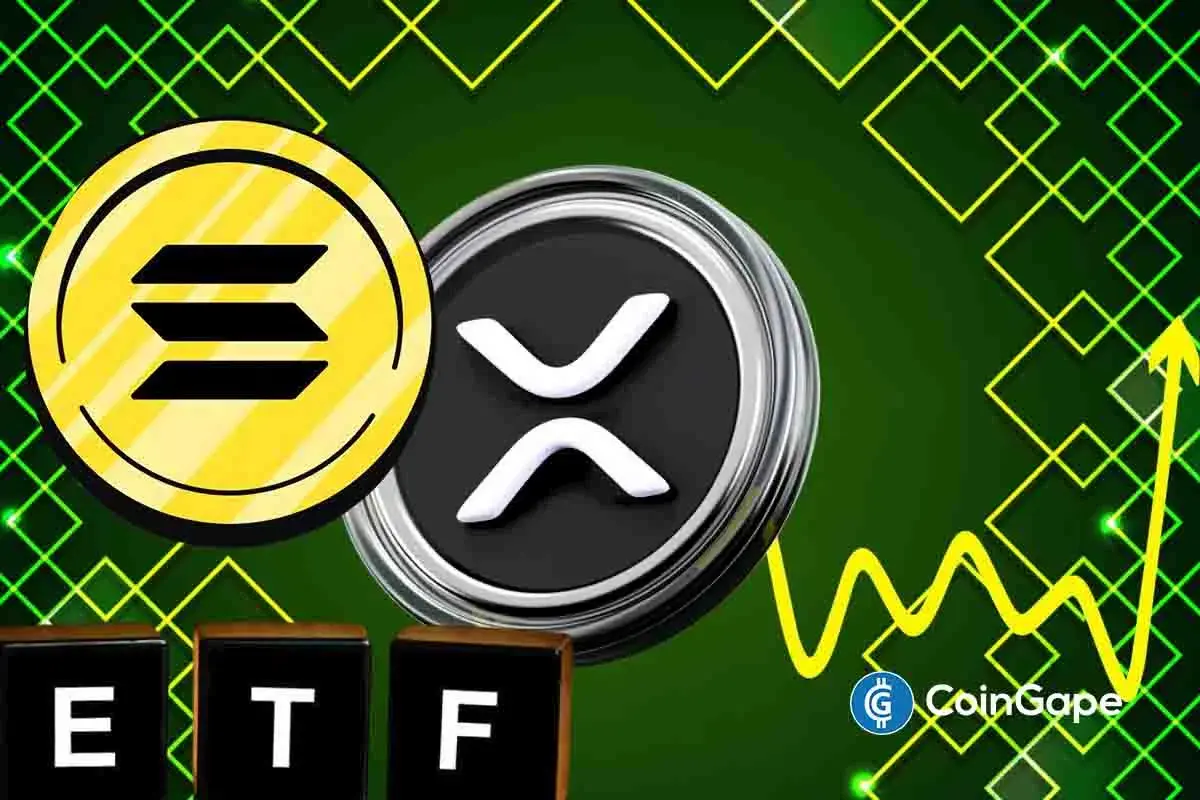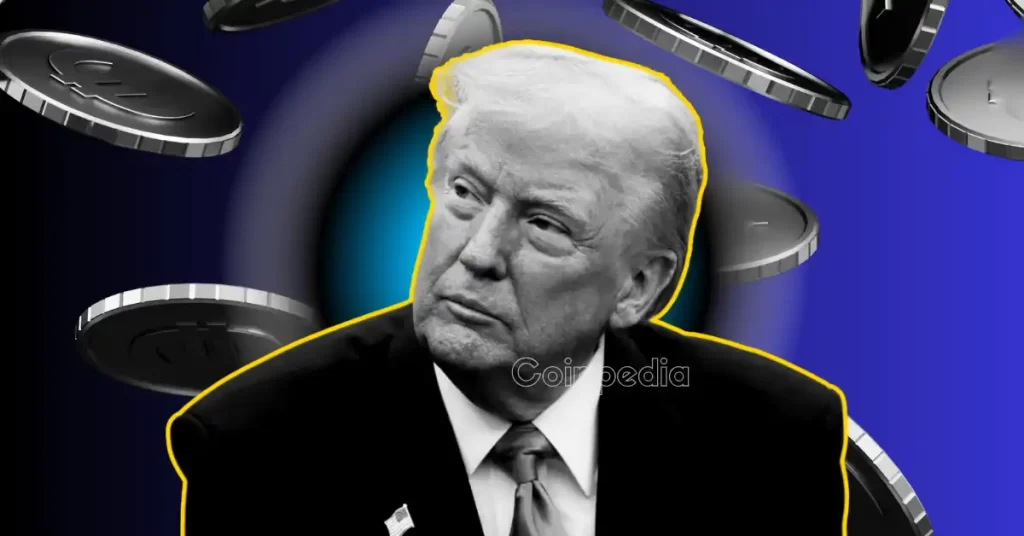
XRP and Solana are leading the ETF race as speculations soared over the potential launch of altcoin exchange-traded funds (ETFs) in the US. Following Bitcoin and Ethereum spot ETF approvals, attention has now shifted to these high-demand altcoins. Investors are hopeful that 2025 will mark a new era for crypto ETFs, especially with the US SEC’s recent leadership change fueling market optimism.
XRP & Solana Dominate ETF Buzz
XRP and Solana are at the center of the ETF spotlight after a major crypto breakthrough in early 2024 when the US SEC approved Bitcoin and Ethereum Spot ETFs. This created a ripple effect, accelerating demand for similar products based on other top altcoins.
Besides, it has also fueled discussions over the SOL Vs Ripple ETF launch.
XRP ETF Launch: Detail
Bloomberg analyst Eric Balchunas highlighted that 72 crypto-related ETF applications are now awaiting review. Among these, XRP ETF stands out as a front-runner, thanks to its high liquidity on the US exchanges, which boosts its chances for regulatory approval.
Meanwhile, major players such as Grayscale, WisdomTree, and Bitwise have already submitted proposals for XRP-backed ETFs. According to Kaiko Research, Ripple’s native asset currently leads the US altcoin ETF race due to its deep liquidity and robust market presence.
Experts believe that an ETF approval could act as a catalyst for an XRP price surge. A recent episode of Good Morning Crypto labeled the potential approval a “perfect storm” for XRP, suggesting it could drive both retail and institutional demand significantly.
Solana ETF Launch Speculations: Details
Solana ETF is also not far behind XRP. Balchunas noted that 11 ETF filings are tied to SOL, including one from mutual fund giant Fidelity. The strong institutional interest in the network, combined with its growing DeFi and NFT ecosystem, positions Solana ETF as a serious contender in the race.
In Canada, Solana has already seen success with multiple spot ETFs going live, which adds pressure on U.S. regulators to keep pace.
Paul Atkins Takes US SEC Charge, Sparking Optimism
Amid the Solana and XRP ETF speculations, the recent entry of Paul Atkins as the new US SEC chair has further bolstered market sentiment. Atkins, known for his pro-crypto stance, is expected to accelerate the ETF approval process for digital assets.
In addition, market participants believe Atkins may push for friendlier crypto regulations and fast-track key filings, including XRP and Solana ETFs. However, while some speculate the Ripple vs SEC lawsuit may be resolved soon under his term, others remain skeptical.
The post Why XRP and Solana Are Leading the ETF Race Right Now? appeared first on CoinGape.









